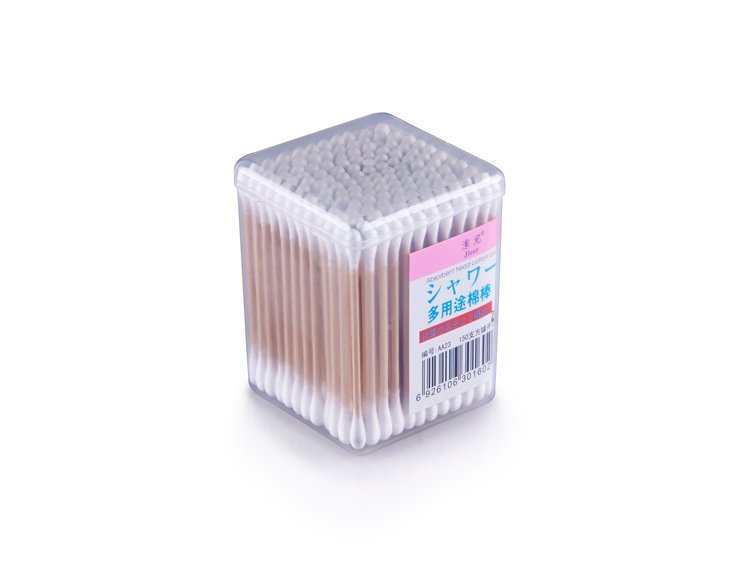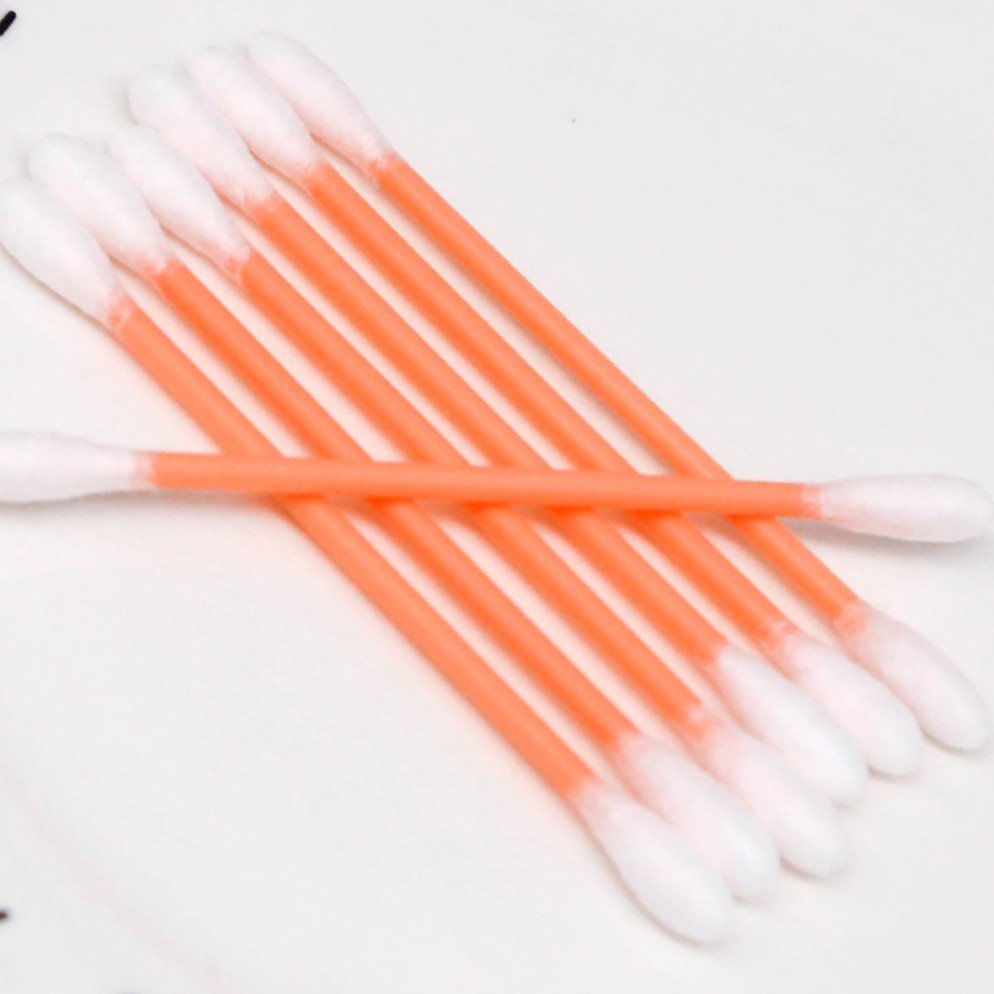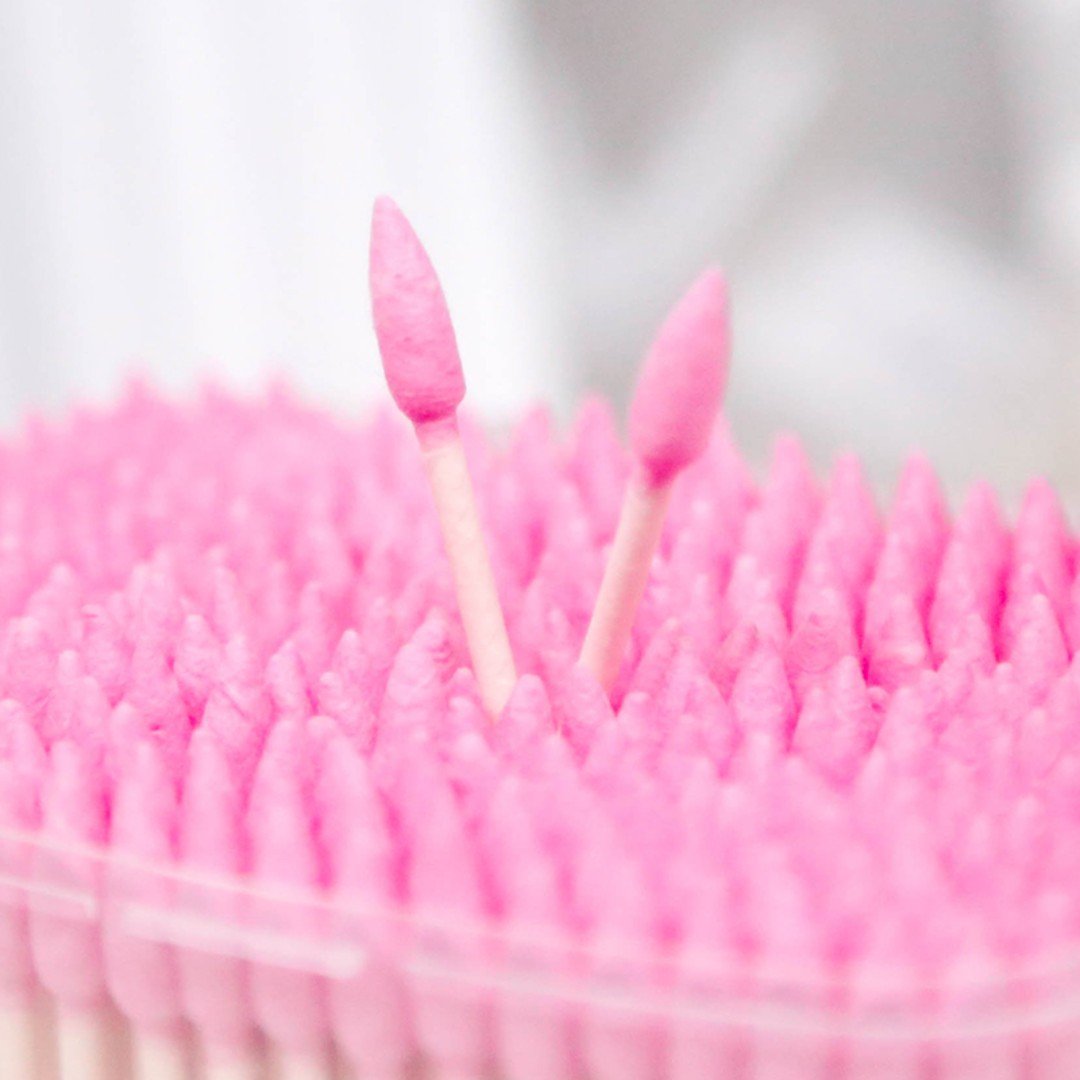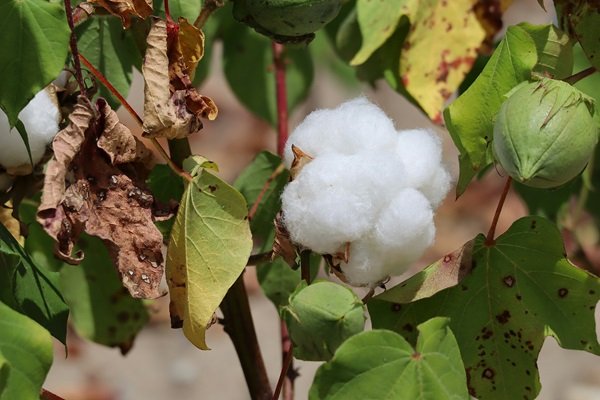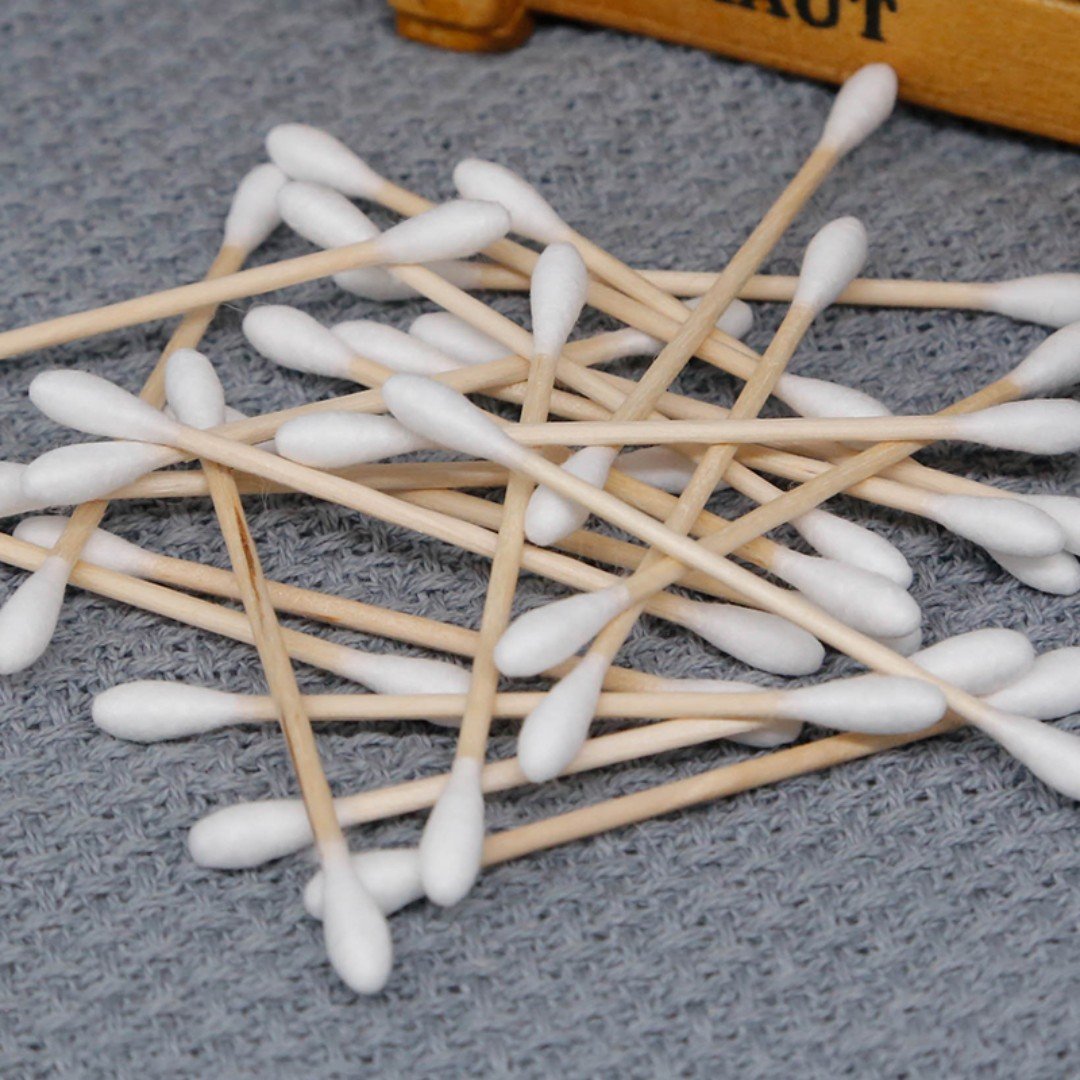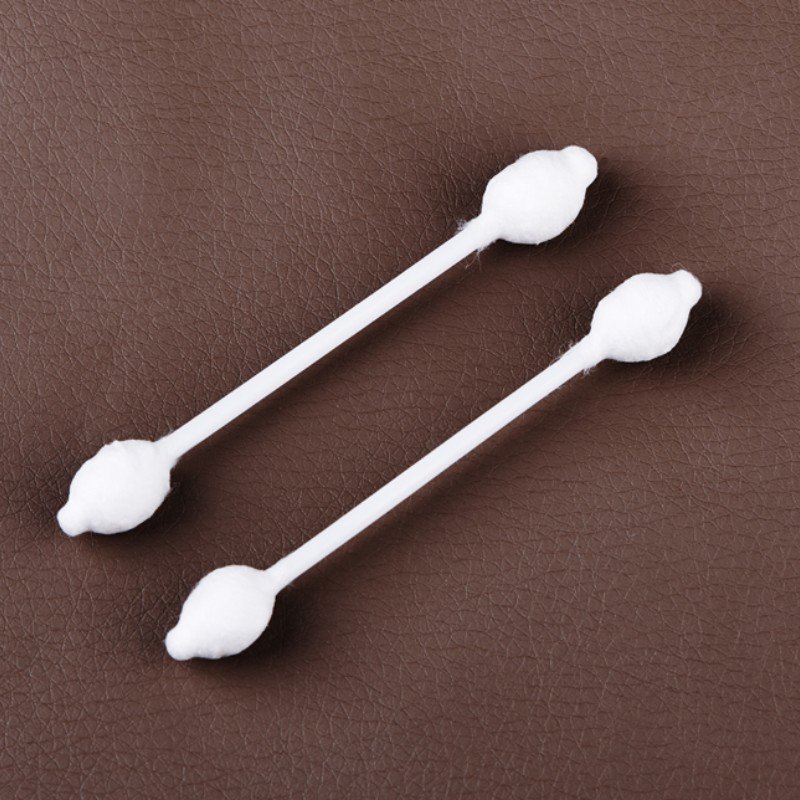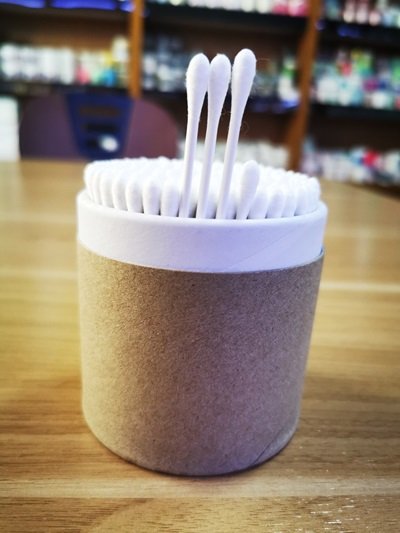
Beyond the Ear: Unveiling the True Power of Cotton Swabs
I. Introduction: The Unsung Hero of Everyday Precision Think of a cotton swab. What’s the first thing that comes to mind? For many, it’s ear cleaning – a common, yet medically discouraged, practice. But what if we told you that this humble, ubiquitous tool holds a universe of legitimate, precise, and often surprising applications far beyond the ear canal? The truth is, cotton swabs are one of the most versatile and indispensable items in our homes, workshops, and even high-tech industries. This article isn’t just about answering the simple question, “What are cotton swabs made for?” or “What are Q-Tips for?” It’s about debunking myths, illuminating their true potential, and guiding you through the vast landscape of their safe and effective uses. From perfecting your makeup to cleaning delicate electronics, and from intricate arts and crafts to critical medical procedures, cotton swabs are precision instruments designed for a myriad of tasks. At Swabmasters, we don’t just manufacture cotton swabs; we engineer them for excellence. We understand the nuances of their applications and the importance of quality in every fiber and shaft. Join us as we uncover the true calling of the cotton swab, revealing why this everyday essential is a

